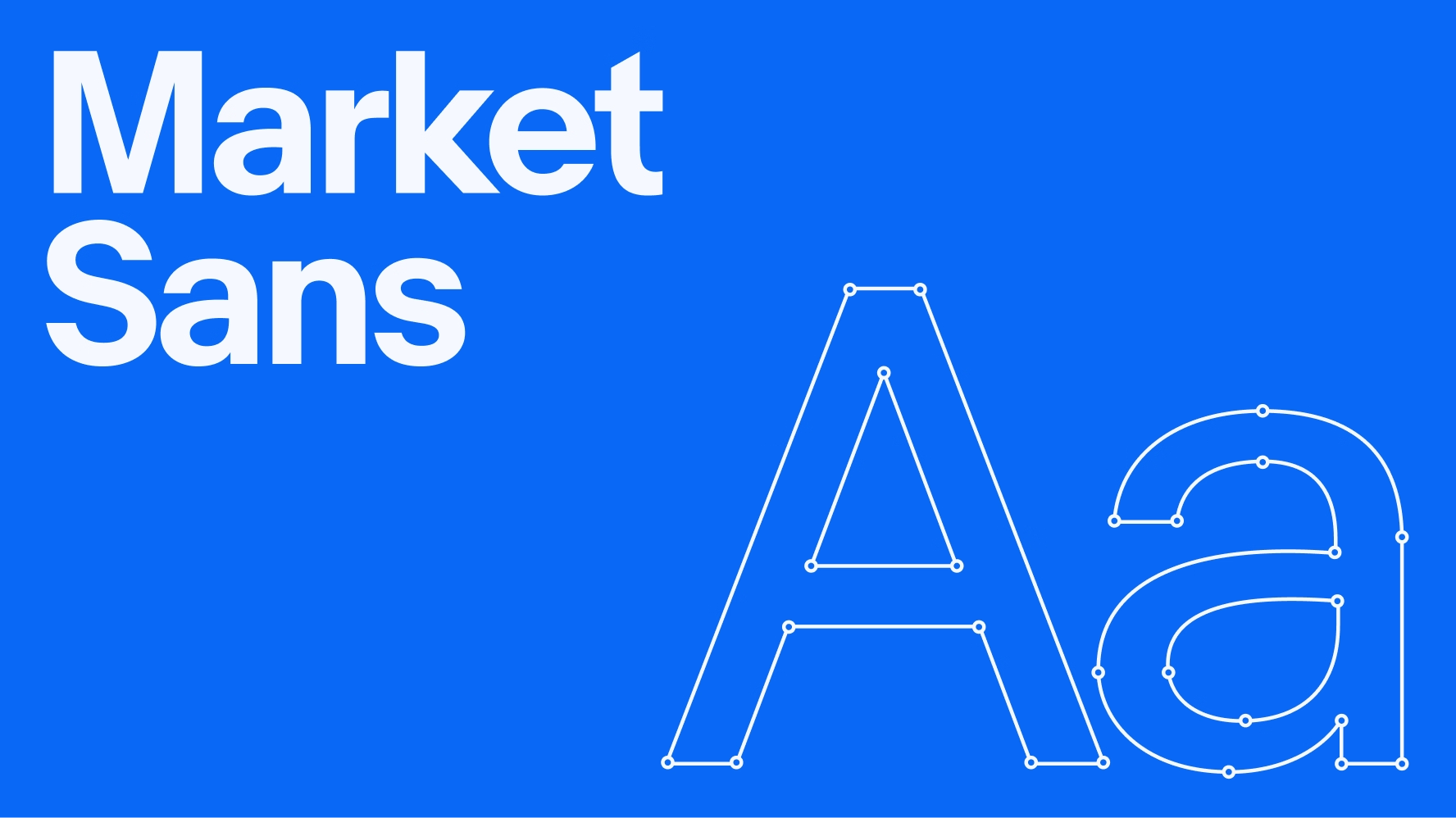Subscriptions Are Killing Creativity in Design: Why the Industry Must Break Free
The graphic and web design world was once a sanctuary of creative freedom, where designers wielded their tools with boundless possibilities, limited only by imagination.
But now, a dark cloud looms over this vibrant industry: the relentless rise of subscription-based services. What was sold to us as a convenient, cost-effective model is now suffocating designers, stifling innovation, and forcing us into a perpetual cycle of dependence.
The Subscription Trap
In the past, owning design software was simple. You bought a product, installed it, and it was yours—forever. Upgrades were optional and came at your own pace.
Today, companies like Adobe, Figma, and countless others have restructured their models to lock designers into expensive monthly subscriptions. On the surface, it seems practical: always have the latest tools and updates. But this isn’t a fair trade; it’s a hostage situation.
The numbers tell the story. Adobe’s Creative Cloud subscription starts at $59.99 per month at the time of this writing for access to essential apps like Photoshop, Illustrator, and InDesign. Over five years, that’s almost a staggering $3,600. For freelancers and small studios, it’s a massive financial burden. And if you stop paying? You lose access to everything. All your files, all your tools—gone.
Creativity on a Clock
The subscription model doesn’t just hurt wallets; it punishes creativity. Deadlines and budgets are already stressful, but the looming threat of losing access to essential tools adds another layer of anxiety. Designers are forced into a “pay-to-play” reality where creativity is a service, not a skill. What happens to innovation when the tools of the trade become gated behind a recurring fee?
Even worse, many subscription services now bundle unrelated features into bloated plans, forcing designers to pay for tools they’ll never use. Want just Photoshop? Too bad. You’ll pay for the entire suite, even if you only need one or two applications. It’s the equivalent of being forced to buy a buffet ticket when all you want is a sandwich.
The New Monopoly on Design
Subscriptions also create a dangerous monopoly on creativity. Companies like Adobe, Figma, and Canva dominate the market, making it nearly impossible for independent or smaller competitors to offer alternatives. As designers, our ability to choose is eroding. The tools we use are dictated by industry standards, which are, in turn, dictated by these subscription giants.
When Figma announced its acquisition by Adobe, the collective gasp from designers worldwide wasn’t just about a business deal—it was about the future of affordable, accessible design tools. The writing is on the wall: consolidation and monopolization will leave designers with fewer options and higher costs.
Who Really Benefits?
It’s not the designers. It’s the corporations. Subscription models provide companies with predictable, recurring revenue streams, ensuring their financial security at the expense of their users. They’re no longer incentivized to create groundbreaking new tools; instead, they focus on incremental updates designed to justify the monthly fee. Meanwhile, designers are left paying more for less.
Breaking the Chains
The solution isn’t simple, but it starts with awareness and action. Designers must support alternatives to the subscription model. Open-source software like GIMP, Krita, and Inkscape offers viable, cost-effective options. Companies that still sell perpetual licenses, such as Affinity, deserve our support and advocacy.
Furthermore, we must collectively demand fairer pricing and licensing models. Why can’t companies offer modular subscriptions or rent-to-own options? Designers should be able to pay for the tools they need, not fund a corporation’s endless greed.
Conclusion: A Call to Arms
The graphic and web design community is one of resilience, creativity, and passion. But we cannot afford to let subscription models dictate our futures. It’s time to push back, explore alternatives, and reclaim the tools that allow us to create freely.
Subscriptions aren’t just killing our wallets—they’re killing the very essence of what it means to be a designer. Let’s break the cycle and rediscover the freedom to create.
























